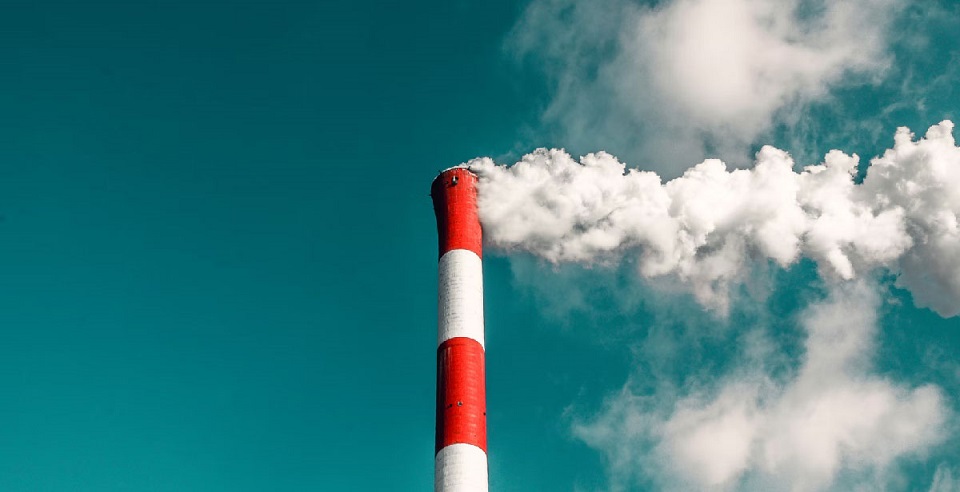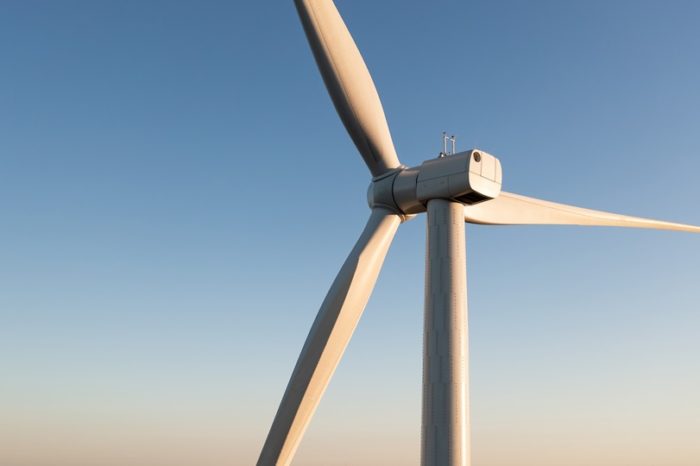Energy Policy Group launches report on Combined Cycle Gas Turbine (CCGT)

Report by Energy Policy Group experts Alina Arsani, Mihnea Catuti and Radu Cirligeanu
The energy sector of Romania is transitioning from an emission-intensive power generation towards less carbon-intensive methods of electricity production. Natural gas power plants, relying on gas turbines, are seen by many as an intermediate step to a fully decarbonised energy sector. Significant natural gas-based power generation is currently under development in Romania. These projects have been included in the country’s strategic plans and consist of the development of at least 3.5 GW of CCGT power plants until 2027. While gas combustion emits less CO2 than coal, these capacities would still be important emission sources. To overcome this, these new installations are expected to become “hydrogen ready”, so that they can initially be fuelled with natural gas and, from 2036 onwards, switch to a blend of 50% natural gas / 50% hydrogen.
A brief description of the two power plant configurations relying on gas turbines reveals the fact that Open Cycle Gas Turbines (OCGT) are generally better suited than Combined Cycle Gas Turbines (CCGT) for ensuring power grid balancing. While CCGT power plants are more efficient, they are adequate for baseload energy production, as their startup time is much longer. The degree to which a gas turbine can be considered hydrogen ready can be measured by the proportion of hydrogen to be blended with natural gas and the cost of system upgrade, as a function of the overall power plant cost. Such gas power plants can be partly financed from the Modernisation Fund, provided they are in line with the provisions of the EU taxonomy for sustainable finance. There are two criteria that can be used for demonstrating sustainability. The CCGT units to be developed in Romania seem to target a criterion relying on an upper GHG emissions limit over a period of 20 years plus additional conditions.
The evaluation of the LCOE for a generic CCGT/OCGT system developed for meeting the EU taxonomy requirements, similar to the capacities to be developed in Romania, point to more than 100 €/MWh for CCGT and more than 200 €/MWh for OCGT. This baseline LCOE value can be negatively impacted by the price of hydrogen and by the cost of hydrogen storage. For the Romanian CCGT projects, the LCOE is around 115-122 €/MWh should natural gas be used for the entire life of the power plant and 135-140 €/MWh should the switch to hydrogen occur in 2036. The maximum LCOE can be as high as approx. 186 €/MWh for a pessimistic scenario in which the price of hydrogen is high.
The main recommendations of this report focus on better explaining theneed and opportunity to develop 3.5 GW worth of CCGT in Romania. Indeed, such projects can serve as a short- and medium-term solution, especially as RES and storage capacities continue to grow, there is a need for clarity regarding their longer-term prospects. This is especially important for projects of national interest, like the Mintia CCGT, which present some differences from the data in the NECP. Notably, the estimated load factor, significantly higher than the one from the NECP, may envisage a higher than anticipated gas share in the energy mix, potentially preventing Romania from meeting the decarbonisation targets set in the plan. More clarity is required regarding the hydrogen to be used for powering these plants starting with 2036: the source of hydrogen, the associated transport and storage infrastructure, its production path, the LCOH. The relatively high cost of energy produced by the expected CCGT capacities poses a financial risk on the long run. As this cost is significantly higher than the current cost of renewable energy and as RES continue to become cheaper, investment in new CCGTs may not be fully recovered.
https://www.enpg.ro/combined-cycle-gas-turbine-ccgt-a-romanian-perspective/














